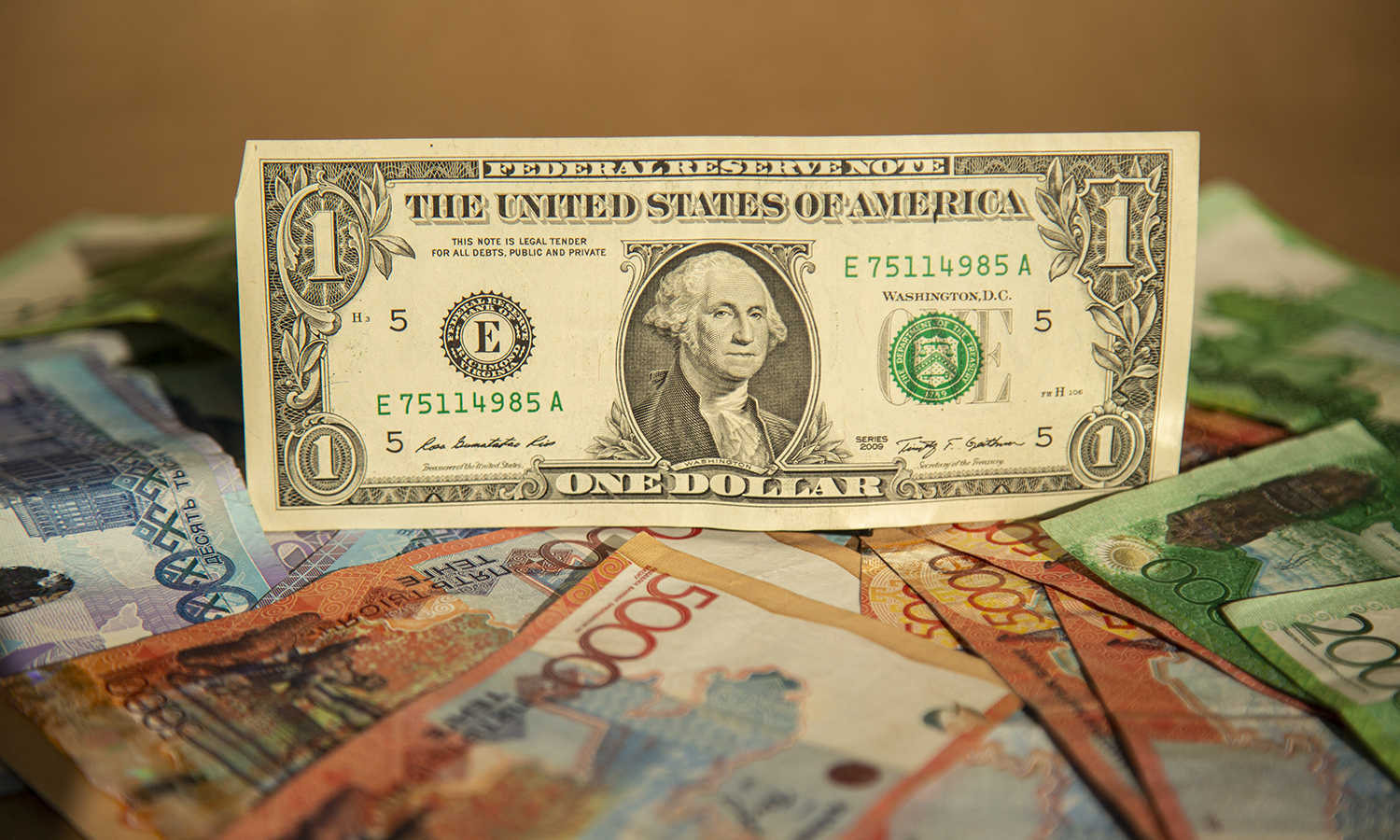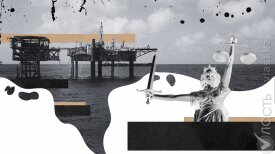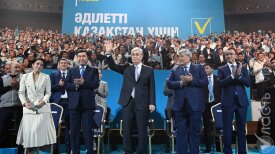When the US Treasury bailed out a number of banks in the aftermath of the Global Financial Crisis 15 years ago, it did so with the belief that by saving the so-called “too-big-to-fail” lenders, taxpayers would preserve the financial infrastructure without wasting money.
At least on paper, the US Treasury recouped its “investment” into the ailing banking sector: It poured in $245.1 billion through the Troubled Asset Relief Program and got back $275.6 billion once it sold the stakes it had acquired.
In Kazakhstan, however, bail out money seems to have simply evaporated.
A World Bank report from last week highlighted how, out of 8.2 trillion tenge in aid to the local banking sector, only 1.9 trillion (23%) were paid back to Kazakhstan’s state coffers.
In today’s exchange rate, 8.2 trillion tenge would be worth $17 billion, but it is important to note that the exchange rate was much different when the government started cutting checks. A more accurate estimate of the value of the bailout is in the ballpark of $30 billion.
The lion’s share of government losses in the bailout of Kazakhstan’s banks could be attributed to aid to Kazkommertsbank, which was later purchased by Halyk Bank, the country’s largest lender. The bad loan crisis that swept across Kazakhstan was ultimately resolved by the government taking the burden of all toxic assets.
“Taxpayers should have a claim on the future profits of bailed out banks,” the World Bank said in the report, calling the unchecked bailout practice in Kazakhstan “unfair” towards taxpayers.
In September 2017, at the peak of the bailout season in Kazakhstan, then-President Nursultan Nazarbayev said that the government should halt subsidies: “Private banks are again on the brink of collapse and again the state is funding them. We must put an end to this! We better raze these banks to the ground and do it ourselves”.
Bank bailouts, however, continued.
In 2021, President Kassym-Jomart Tokayev repeated in a message to the nation: “We decided that we will not help private banks”.
Yet, the state effectively continued to help the largest lenders, who were able to purchase already bailed-out banks. As the tenge lost value over time, the restitution of bailout money then turned into a bargain for local banks.
The Global Financial Crisis was a test of the contradictions of neoliberal capitalism, which hinged on government stimulus in order to keep afloat. By saving the banks, which had made reckless decisions and accumulated toxic assets, governments across the globe helped maintain an infrastructure ostensibly based on market principles at the expense of the people.
Some governments can say they have gotten back the stimulus they provided. In the case of Kazakhstan, however, bailouts seem to have turned into a loss-making investment to prop up an essentially failed sector.
Поддержите журналистику, которой доверяют.








